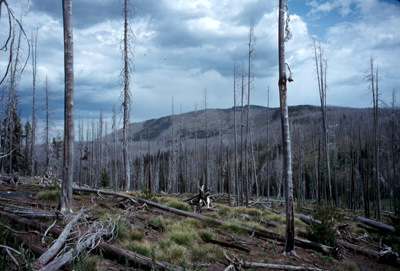Publications to Date
Litton CM, Ryan MG, Knight DH (2004) Effects of tree density and stand age on carbon allocation patterns in postfire lodgepole pine. Ecological Applications, 14, 460-475. (PDF)
Turner MG, Tinker DB, Romme WH, Kashian DM, Litton CM (2004) Landscape patterns of sapling density, leaf area, and aboveground net primary production in postfire lodgepole pine forests, Yellowstone National Park (USA). Ecosystems, 7, 751-775. (PDF)
Litton CM, Ryan MG, Knight DH, Stahl PD (2003) Soil-surface CO2 efflux and microbial biomass in relation to tree density thirteen years after a stand replacing fire in a lodgepole pine ecosystem. Global Change Biology, 9, 680-696. (PDF)
Litton CM, Ryan MG, Tinker DB, Knight DH (2003) Belowground and aboveground biomass in young postfire lodgepole pine forests of contrasting tree density. Canadian Journal of Forest Research, 33, 351-363. (PDF)
